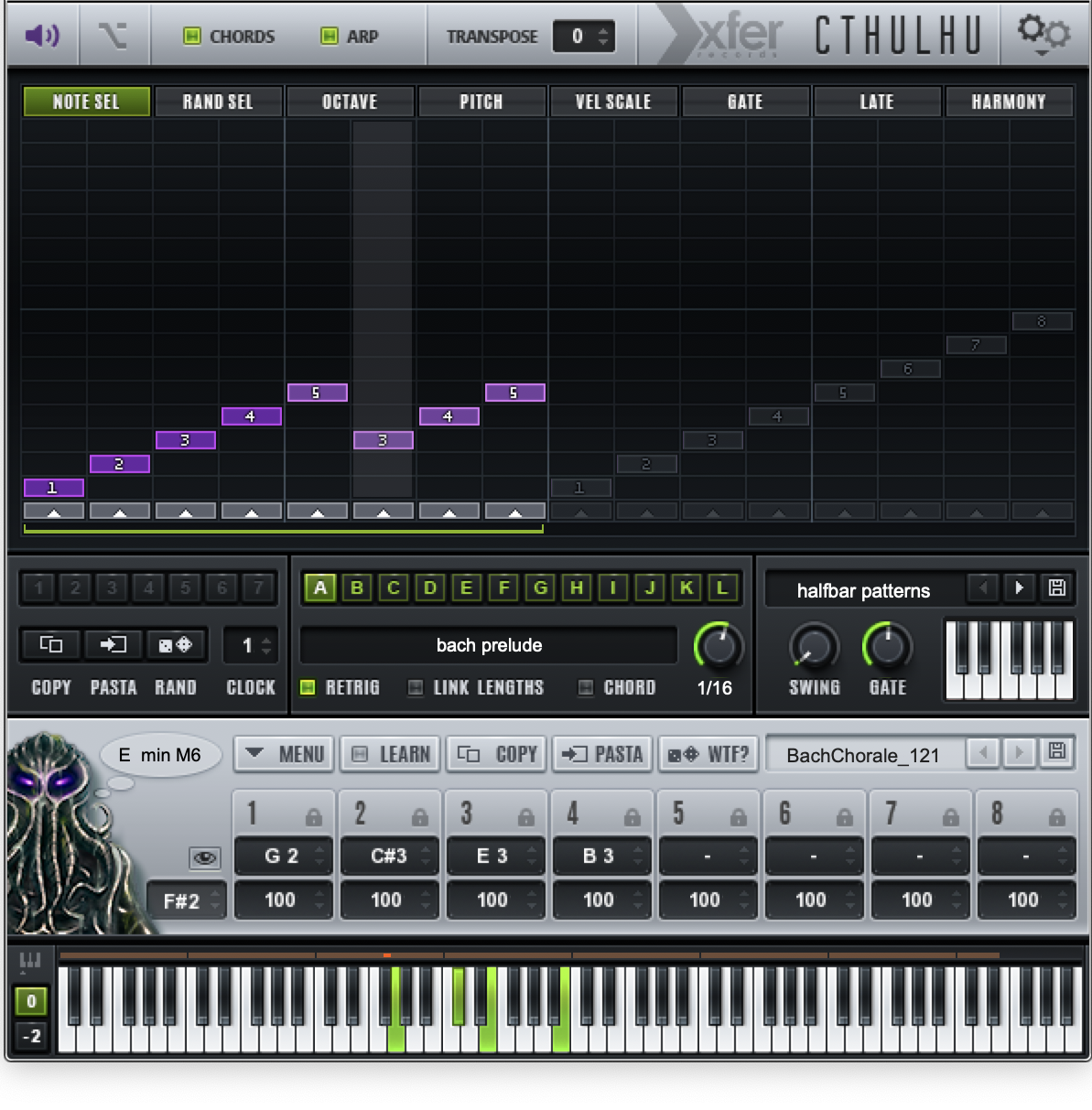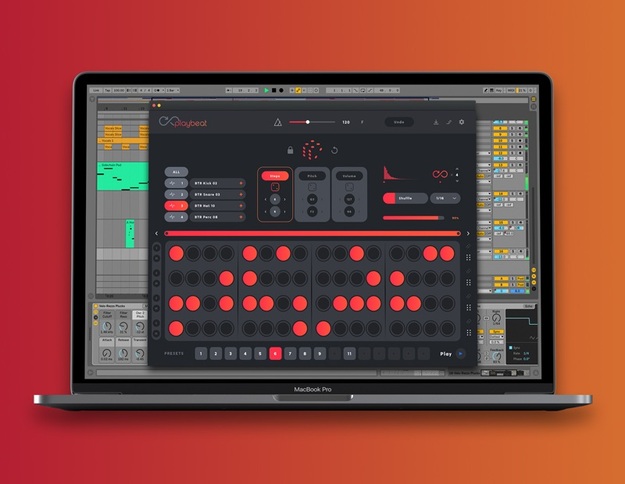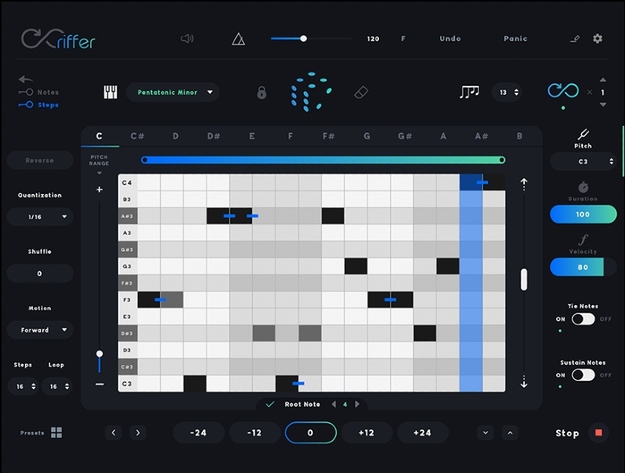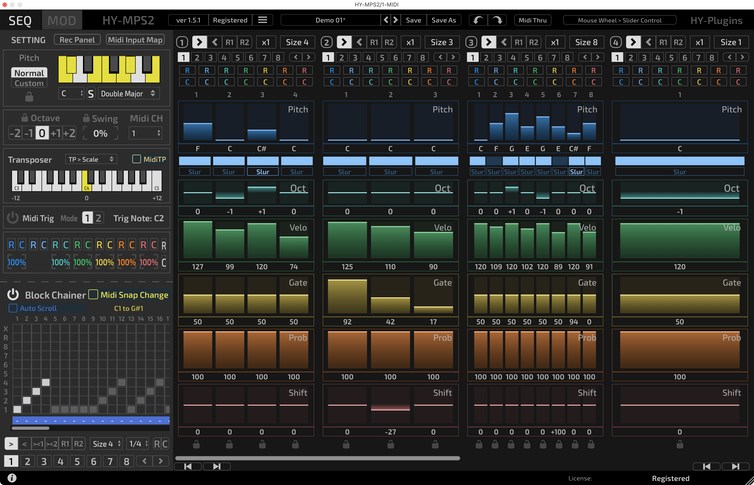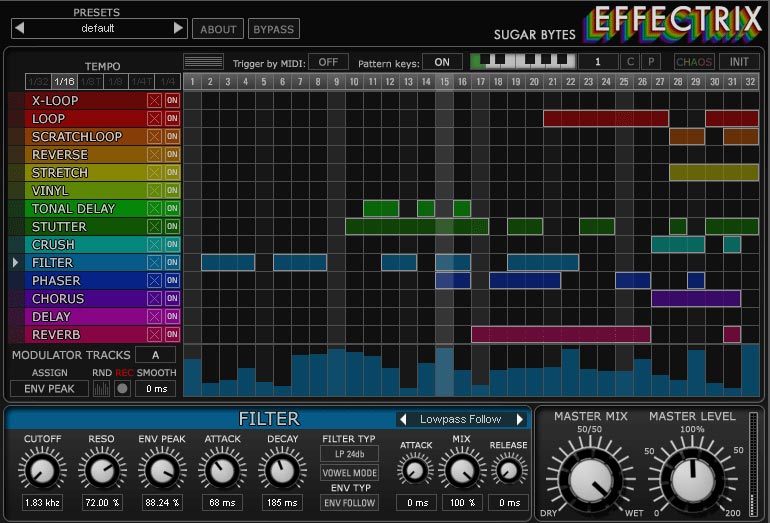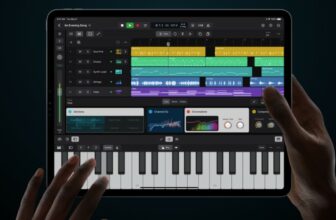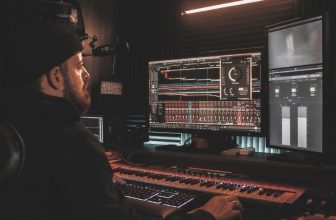The 8 Best Sequencer VST Plugins (Free and Paid Options)
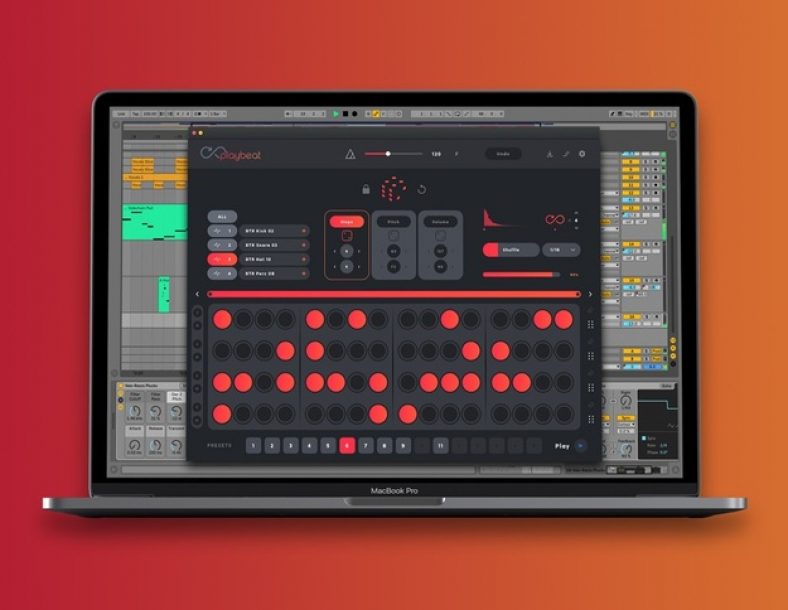
On the lookout for a great sequencer plugin to add a bit some extra life to your tracks? Look no further then this round-up!
A sequencer is a tool that enables the musician to process sound with the help of a series of steps or sequences. It assists in making melodic patterns, beats, grooves, or shutter and sputter effects.
Much the same way as MIDI and audio sequencers trigger events along a musical bar or a DAW piano roll, sequencer plugins initiate a variety of values at every step.
This is the reason why sequencer plugins are effective. They result in continually, and sometimes radically, evolving rhythmic phrases.
A suitable sequencer plugin should provide plenty of control over many different parameters.
Contents
1. Cthulhu By Xfer Records
There is also an arpeggiator that can be used to generate various patterns. One of the unique features about this arpeggiator is that unlike others, where you have to stick to the kind of pattern (up & down, down & up, etc), you can create your unique pattern by editing and modifying the presets and different playback patterns.
Like any other sequencer, this is fairly easy to use and can be used by beginners. However, if you are using Reason as your DAW then it is not compatible with it. For ProTools users, this requires version 11 and upwards to run.
2. HY-SEQ 32 By HY-Plugins
You can use the ‘slur’ button in the pitch sequencer to create texture. This extends the duration of the selected note till the next step starts. There is a free version with limited features which will give you an idea of how to use it and integrate this plugin into your workflow.
It is recommended, however, that you have at least some previous experience with sequencers or setting up modules on a sequencer to be able to fully grasp this plugin.
3. Stochas By Surge Synth Team
To use this, you will need to assign an instrument or drum kit to your track once you’ve set up your plugin. This is great if you have a certain favorite sound that you want to add a human element to with the randomize parameter.
4. Playbeat by Audiomodern (Paid)
This is easy to use, you can add your own sounds and simultaneously generate four different patterns to get a polyrhythmic groove. If you are not heavily skilled at making beats, this can be a great tool for you to explore unique and intricate grooves for your music.
5. Thesys By Sugar Bytes
Thesys is a step sequencer that can be used to generate unique arpeggiator patterns. You can also customize elements such as velocity, gate time, and modulations that are reminiscent of LFOs.
Users have generally found this easy to use. However, they have also reported that the interface is not perfect and the makers are still fixing some minor bugs.
6. Riffer Generator by Audiomodern (Paid)
Riffer will help you generate random riffs from its extensive scale library. Many sequencers often have only western scales in their bank, this makes the patterns they generate quite predictable. By incorporating Eastern scales, Riffer gives you access to 53 scales to choose from and experiment with.
Additionally, this is easy to use and can be triggered with your MIDI controller or the computer keyboard.
7. HY-MPS2 By HY-Plugins
To use this, you need to choose your scale in the ‘Seq’ (sequence) setting, adjust the octave limit, and swing. You can then choose the pattern to be generated in the ‘Block Chainer’. This will determine what order the notes will play in. There is also a randomizer and you can set the level you want it to operate at.
Users generally find that the plugin operates seamlessly with whatever DAW they are working on and is user-friendly.
8. Effectrix By Sugar Bytes
With effects such as looping, scratching, reversing, and stretching, no matter what genre of music you produce, you will surely find yourself using this extensively. There is also a bitcrusher, phaser, chorus, reverb, and delay.
You can use your MIDI controller to trigger these effects in real-time. Not just for recording, but this can be a great option for live performances if you are looking to run one plugin instead of several individual ones with similar effects. This will take some of the load off your C.P.U.
max for live Sequencer Plugins
Ableton Live has some brilliant Max for Live stock step sequencers. Since these are built specifically for the DAW, they are designed to integrate into your workflow very easily. One of the most well-loved ones is the ‘Probability’ Pack.
This has sequencers for melodic and rhythmic probability, a polyphonic sequencer called ‘Step Divider’ that lets you divide each step into minute sub-divisions, a randomizer called ‘Dr. Chaos’, and an arpeggiator with a built-in chord generator called ‘Probability Arp’.
Additionally, there are many instruments and sounds to choose from. Max for Live users often spend hours exploring and creating new sounds. If you are a sequencer enthusiast, then you absolutely must download this pack today.
Conclusion
Sequencers might look difficult to use at first glance but like playing an instrument, the more time you spend exploring the plugins, the better you will get at using them to make music. If you have a background in modular synthesis, then these digital sequencers should be very easy for you to navigate. Remember the most important thing when using these plugins: have fun!

